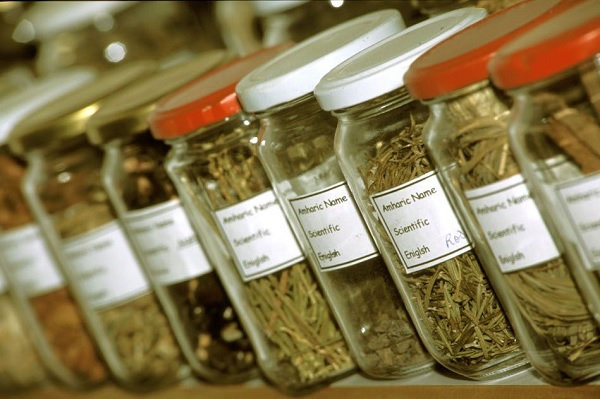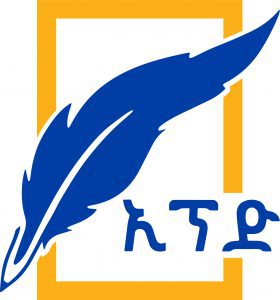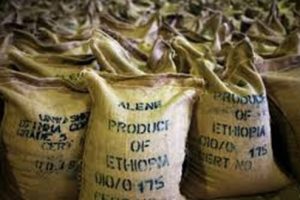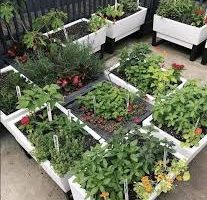
According to research conducted several years back in Ethiopia, the nation has more than 7000 herbal medicine resources that are spread across the forests and hillsides in the country.
The World Health Organization (WHO) defines traditional medicine as “The sum total of the knowledge, skill and practices based on the theories, beliefs, and experiences indigenous to different cultures, whether explicable or not, used in the maintenance of health as well as in the prevention, diagnosis, improvement or treatment of physical and mental illness.”
For a number of reasons, TM is highly valued and widely used around the world. The TM/herbal medicines with strong scientific evidence on their safety profiles, sufficient efficacy, and quality contribute to the goal of ensuring that all people have access to standard health care. This made TM/herbal medicines highly valued assets.
Herbal medicine, according to WHO, is a practice which includes herbs, herbal materials, herbal preparations, and finished herbal products, that contain active ingredients parts of plants, or other plant materials, or combinations. It encompasses the combination of practices of indigenous systems of medicine and several therapeutic experiences of many previous generations. Main plant parts used in herbal medicine include leaves, stems, flowers, roots, and seeds. Herbal medicines are asserted to cure diabetes, jaundice, hypertension, tuberculosis, mental disorders, Acquired Immunodeficiency Syndrome (AIDS), cancer, skin diseases, and many other infectious diseases.
The use of medicinal plants as a fundamental component of the African traditional healthcare system is the oldest with a long record of accomplishment and is widely acknowledged among all therapeutic systems. In many parts of rural Africa, traditional healers prescribing medicinal plants are the most easily accessible and affordable health resource available to the local community and at times, the only treatment modality that exists.
The TM in Africa is holistic involving both the body and the mind and traditional healers offer information, counseling, and treatment to patients and their families in a personal manner. Patients’ preference, the low ratio of medical doctors to the total population, and the lack of effective modern medical treatment for some ailments in Africa are additional factors for the wider practice of traditional medicines.
According to the WHO, 70–80% of Africans today depend either totally or partially on TM. Traditional medicine is widely practiced in Ethiopia. It is used to treat diverse forms of human diseases including cancer, hypertension, diabetes, bacterial infections, parasitic infections, and many more. Over 80% of the Ethiopian population also relies on TM according to a report as old as 1986, and more than 95% of the preparations are made from plant origin. This represents the majority of the rural population and sectors of the urban population where there is little or no access to modern health care.
The study in 2016 by the WHO’s Study on Global Ageing and Adult Health (SAGE) revealed that the widely accepted notion that 80% of Africans and Asians rely on TM stands no more. For instance, it was <3% in Ghana and <2% in South Africa, which is much less than what previous reports claimed.
The present systematic review and meta-analysis is aimed to update knowledge of the prevalence of TM/herbal medicine in Ethiopia. In addition, it aims to point out the characteristics of the population mostly relying on TM/herbal medicine to inform health policy-makers to harness its potential contribution to health, wellness, and people-centered healthcare and promote safe and effective use through the regulation of products, practices, and practitioners as indicated in the WHO TM strategy 2014–2023.
Despite the country’s huge resources and endowments in herbal, mineral and animal medicinal resources, the nation is not benefiting from these potentials, Traditional and Modern Medicine Research Directorate (TMMRD) at the Ethiopian Public Health Institute said.
Ethiopia possesses more than 7,000 herbal, mineral and animal medicinal resources out of which 1,500 are ingenious but despite the extensive use of these herbal medicines since the 14th century by 80% of the population, adequate research has not been done in the sector due to lack of strategic focus on the part of the government.
In an exclusive interview with ENA over a couple of years back, Ashenif Tadele, Acting Director of TMMRD, said that over the last two decades, his center has conducted various researches in the sector.
Over the last 20 years, TMMRD has conducted scientific researches on 70 herbs with medicinal values out of which 13 have already been identified as viable herbal medicines to be used by the public and five are registered at Ethiopian Intellectual property office at recommended to be produced at large scale in factories.
Research by TMMRD indicate that there are 14,000 persons who practice herbal medicine in the country most of them unregistered and operating in a clandestine manner but according to Ashenif, only few of these are registered and certified by the Ministry of Health.
The TMMRD has also been engaged in preparing standards for traditional medicines in cooperation with Food, Medicine and Health Care Administration and Control Authority (FMHACA).
In case of health injuries and hazards that occur on patients by traditional medicine vendors, service providers are legally accountable. Ashenif has this to add: “Maladministration of traditional medicine including herbal medicines is a crime and punishable by law. Those who commit such crimes are checked if they are registered and had administered the medicine in accordance to the standards set by FMHCA.”
TMMRD works in close collaboration with Association of Ethiopian Professionals of Traditional medicine established two years back with a membership of 200 organized with branches in 10 regions including Addis Ababa. The research centers provide capacity building and other services to the Association.
In carrying out its research programs TMMRD has encountered a number of opportunities and challenges. The head of the institute added.
A number of universities in the country have started to conduct researches on herbal medicines and the knowledge in the sector is gradually developing. However, lack of adequate budget and coordination among the research centers is a challenge. Most of the research findings remain on shelf and are not utilized. Besides, the government has not given enough attention to the sector.
According to Ashenif, the Ethiopian government and stakeholders in the sector are already working on a renewed policy framework to support the sector while a Roadmap for Traditional medicines is in the making.
Furthermore, mainstreaming the knowledge of traditional medicines in the curriculums at schools and institutes of higher learning is essential to promote attitudinal change on the sector.
The research directorate is also working on the establishment of its own institute and the commissioning of a separate department in the Ministry of Health tasked with dealing on issues of traditional medicine has also been recommended.
Hajji Sheik Ali Adem, Chairman of Association of Ethiopian Professionals of Traditional medicine, said that despite the efforts that the Association is making, their activities are hampered by various challenges.
“Our Association does not have its own office and the Ministry of Health is not giving us due attention and support by recognizing us as professionals. We have financial constraints and we need more training for our members. We are working to modernizing the service from traditional medicine and also fight against those who practice on traditional medicine without having any adequate knowledge in the area.”
Hamid Abella is a professional and certified vendor in traditional medicine delivering his service for almost 20 years. He has traveled a lot to the neighboring countries to treat patients. He said that despite the huge resources in the country the government’s attention to the sector is very weak.
“The governments focus on traditional medicine is very low. The varieties of ecology in the country set a good ground for the production of herbal medicine of all kinds. Those who are in the health sector seem to be very ignorant of the services we give and do not consider us as professionals. The government expends billions of Dollars for import of medicine but we are not adequately utilizing our resources in traditional medicine. We could have exported traditional medicines and generate a lot of income for the country but no meaningful effort is being made by the government and stakeholders.”
Mohammed Ibrahim is a client that visited Hamids’s clinic; “I came here for treatment on the information I got from a friend. I suffered from stomachache and was treated with a drinkable solution and I am getting relief from my illness. The payment for the medicine is cheap and effective. Many people come to this place from different parts of the country to get treatment.”
Drought in the country over the last several decades has seriously affected the plants and other materials used in traditional medicine in the country. However, with the introduction of National Green Legacy Initiative launched by Prime Minister Abiy Ahmed (PhD) five years back in which 40 billion trees were planted, there is a favorable situation for the survival and development of traditional herbal plant. It is also very important to protect the traditional herbal plants that are used for healing various diseases and injuries.
Among other things, it is important to prepare a directory of herbal traditional plants from which the medicines are prepared. Nonetheless, it is recommended to conduct more researches in the field. The Ministry of Health needs to prepare policy and strategy framework for using herbal plants and other traditional medicines, it was suggested.
BY SOLOMON DIBABA
THE ETHIOPIAN HERALD TUESDAY 25 FEBRUARY


